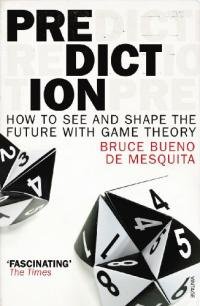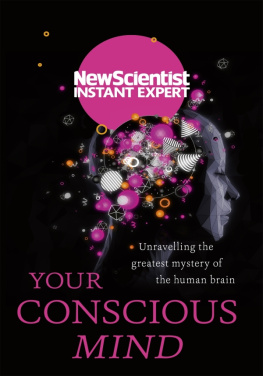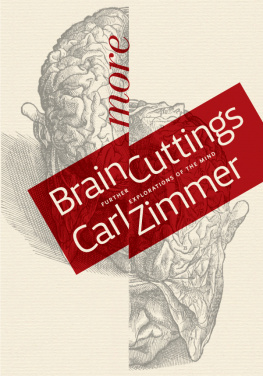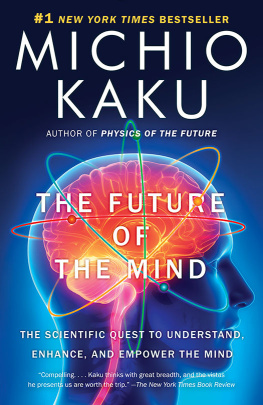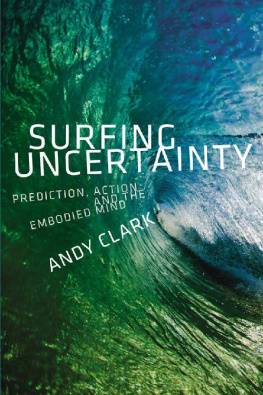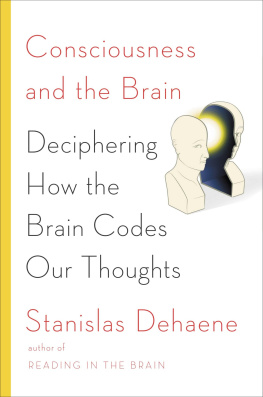E. Bruce Goldstein - The Mind: Consciousness, Prediction, and the Brain
Here you can read online E. Bruce Goldstein - The Mind: Consciousness, Prediction, and the Brain full text of the book (entire story) in english for free. Download pdf and epub, get meaning, cover and reviews about this ebook. publisher: MIT Press, genre: Religion. Description of the work, (preface) as well as reviews are available. Best literature library LitArk.com created for fans of good reading and offers a wide selection of genres:
Romance novel
Science fiction
Adventure
Detective
Science
History
Home and family
Prose
Art
Politics
Computer
Non-fiction
Religion
Business
Children
Humor
Choose a favorite category and find really read worthwhile books. Enjoy immersion in the world of imagination, feel the emotions of the characters or learn something new for yourself, make an fascinating discovery.

- Book:The Mind: Consciousness, Prediction, and the Brain
- Author:
- Publisher:MIT Press
- Genre:
- Rating:5 / 5
- Favourites:Add to favourites
- Your mark:
- 100
- 1
- 2
- 3
- 4
- 5
The Mind: Consciousness, Prediction, and the Brain: summary, description and annotation
We offer to read an annotation, description, summary or preface (depends on what the author of the book "The Mind: Consciousness, Prediction, and the Brain" wrote himself). If you haven't found the necessary information about the book — write in the comments, we will try to find it.
The Mind: Consciousness, Prediction, and the Brain — read online for free the complete book (whole text) full work
Below is the text of the book, divided by pages. System saving the place of the last page read, allows you to conveniently read the book "The Mind: Consciousness, Prediction, and the Brain" online for free, without having to search again every time where you left off. Put a bookmark, and you can go to the page where you finished reading at any time.
Font size:
Interval:
Bookmark:
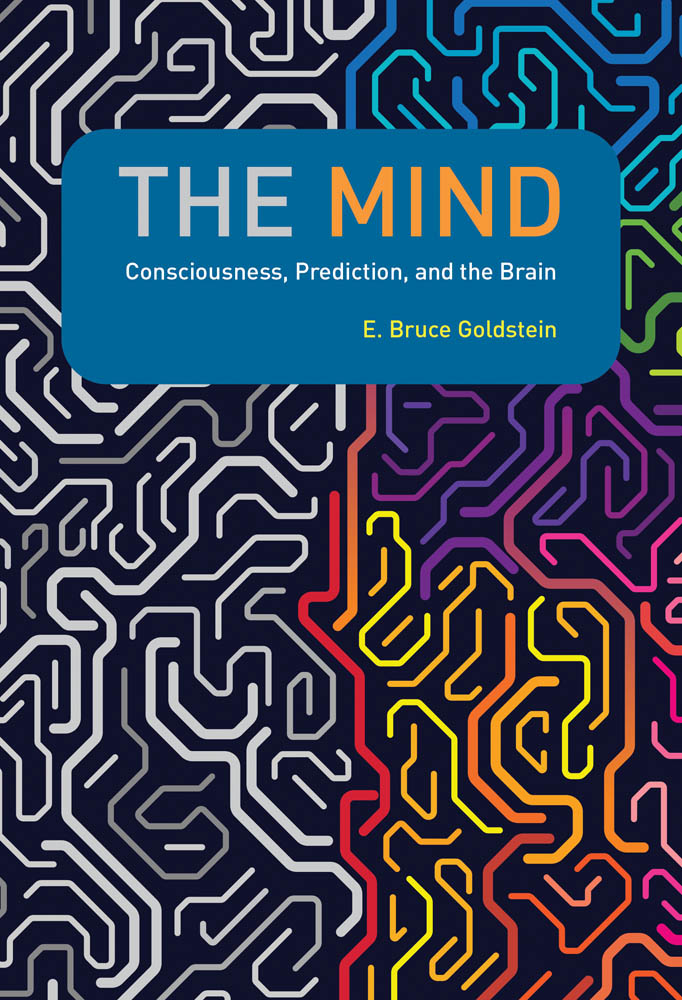
The Mind
Consciousness, Prediction, and the Brain
E. Bruce Goldstein
The MIT Press
Cambridge, Massachusetts
London, England
2020 The Massachusetts Institute of Technology
All rights reserved. No part of this book may be reproduced in any form by any electronic or mechanical means (including photocopying, recording, or information storage and retrieval) without permission in writing from the publisher.
Library of Congress Cataloging-in-Publication Data
Names: Goldstein, E. Bruce, 1941 author.
Title: The mind : consciousness, prediction, and the brain / E. Bruce Goldstein.
Description: Cambridge, Massachusetts : MIT Press, [2019] | Includes bibliographical references and index.
Identifiers: LCCN 2019042164 | ISBN 9780262044066 (hardcover)
Subjects: LCSH: Cognition. | Brain. | Thought and thinking.
Classification: LCC BF311 .G5828 2019 | DDC 150dc23
LC record available at https://lccn.loc.gov/2019042164
d_r0
List of Figures
Sequence of events between presentation of the stimulus and the behavioral response in Donderss experiments: (a) simple reaction time task; and (b) choice reaction time task. The dashed lines indicate the reaction times Donders measuredthe time between the light flash and pressing the button. Note that the mental responses were not measured. Inferences about the mental response were made based on the reaction time measurements.
Top: Simplified computer flow diagram; bottom: Broadbents flow diagram of the mind.
Results of some physiological research on the mind. (a) Location of Brocas and Wernickes areas; (b) A neuron and some nerve fibers as visualized by Cajal. (c) Modern records of nerve impulses from a single neuron. The rate of nerve firing increases as stimulus intensity increases, from top to bottom. (d) An electroencephalogram (EEG) recorded with scalp electrodes. (e) fMRI record. Activity is determined for each voxel, where a voxel is a small volume of the cortex, indicated here by small squares. Colors, not shown here, indicate the amount of activity in each voxel.
Human brain showing locations of structures and areas that are referred to in this book.
(a) Section of a nerve fiber showing positively charged sodium (Na) and potassium (K) ions inside and outside the neuron. More sodium ions are present outside and more potassium ions inside. (b) Watching ion flow at one place along the nerve fiber, you see sodium flowing in, followed by (c) potassium flowing out. This flow creates the nerve impulse, which travels down the fiber.
(a) DF, who suffered damage to the temporal lobe of her brain, was able to mail a card through a slot by rotating it to the correct orientation as she moved it toward the slot. (b) However, she couldnt perform the static orientation task, which involved matching the orientation of the card to the slot without moving the card toward the slot.
The monkey cortex, showing the ventral, or what pathway from the occipital lobe to the temporal lobe, and the dorsal, or where/how pathway, from the occipital lobe to the parietal lobe.
A series of tests to determine the degree of extinction for different pairs of stimuli. The number below the left image indicates the percentage of trials in which the image was identified by a patient who usually shows neglect of objects in the left side of the visual field. (a) Ring on left, flower on right; (b) flower on left, ring on right; (c) spider on left, ring on right.
(a) Participant in Libets experiment. (b) The electrical signal recorded from the brain. D indicates the time that the person said they had made the decision to move their finger. M is the time that the movement occurred. Readiness potential indicates the early part of the electrical signal that precedes D.
Explanation of the readiness potential proposed by Miller and Schwarz. (a) The readiness potential. (b) What occurs if awareness of the decision-making process jumps from 0 to 100 in a step function. (c) The more gradual awareness process proposed by Miller and Schwarz, in which awareness increases slowly, eventually reaching a threshold, indicated by the dashed line, which is where the person indicates that they are conscious of making a decision.
Eye looking at a book. The solid lines projecting from the book into the eye determine the books image on the retina. The lines projecting out from the retina determine other possible objects that could cause the same image on the retina.
The display in (a) is usually interpreted as being (b) one rectangle in front of another rectangle. It could, however, be caused by (c) a rectangle and an appropriately positioned six-sided shape.
The multiple personalities of a blob: (a) the blob; (b) the blob as a bottle; (c) the blob as a shoe; (d) one blob is a car, the other, a person crossing the street. The blob takes on different identities depending on the context in which it appears.
(a) Indentations made by people walking in the sand. (b) Turning the picture upside down turns indentations into rounded mounds. (c) How light from above and to the left illuminates an indentation, causing a shadow on the left. (d) The same light illuminating a bump causes a shadow to the right.
(a) Information from the receptors, flowing up, meets information representing the brains model, flowing down. The difference between them, which is the prediction error (PE), is sent up toward the brain to provide information to make corrections to the model. (b) In the normal woodland scene, there is no difference between the signal from the receptors and the model, so there is no prediction error. (c) When something unexpected happens, the receptor information and the model do not match, so there is a prediction error.
Scan path of an observer freely viewing a picture. Fixations are indicated by dots, and saccadic eye movements by lines.
The basic principle behind why we dont see a smeared image when we move our eyes from one place to another. To make the eyes move, a motor signal, MS, is sent from the motor area to the eye muscles. Simultaneously, a copy of this signal, the corollary discharge, CD, is sent to the brain area responsible for perception. When the eyes move, a visual signal, VS, indicating movement of the scene across the retina, is sent to the area responsible for perception. However, the corollary discharge meets this signal and inhibits perception of the smeared image caused by movement of the eye. Note that this is a highly simplified diagram, as there are multiple pathways and areas involved in both the motor and perceptual aspects of this process.
Steps leading to depositing a dollop of ketchup on a hamburger. The person (a) reaches for the jar with her right hand, (b) grasps the bottle, (c) lifts the bottle, and (d) positions the bottle over the hamburger and delivers a hit with her left hand to dispense the ketchup. (Photo credit: Bruce Goldstein.)
A picture similar to one used in an experiment in which eye movements were measured as participants heard a sentence while looking at the picture. Hearing the word eat in the sentence The boy will eat the cake generates a rapid prediction so the listeners eyes arrive at the cake before hearing the word cake. This prediction does not occur in response to move in the sentence The boy will move the cake.
N400 ERP resonse to the words a (solid line) and
Font size:
Interval:
Bookmark:
Similar books «The Mind: Consciousness, Prediction, and the Brain»
Look at similar books to The Mind: Consciousness, Prediction, and the Brain. We have selected literature similar in name and meaning in the hope of providing readers with more options to find new, interesting, not yet read works.
Discussion, reviews of the book The Mind: Consciousness, Prediction, and the Brain and just readers' own opinions. Leave your comments, write what you think about the work, its meaning or the main characters. Specify what exactly you liked and what you didn't like, and why you think so.

